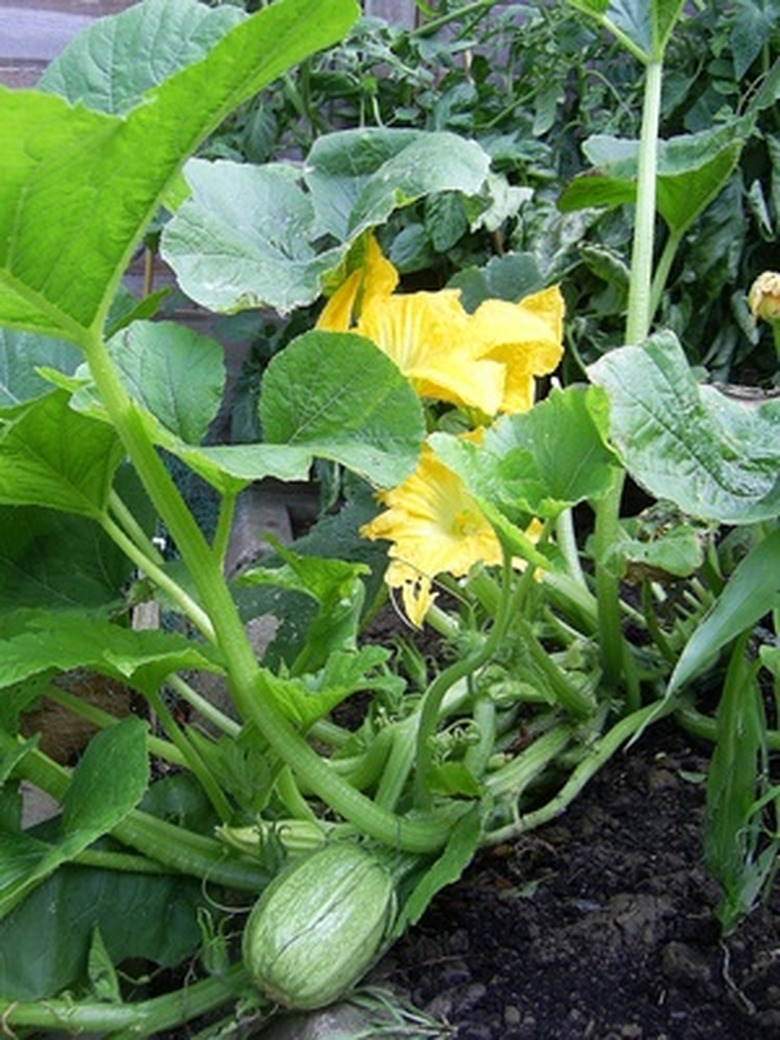Examples Of Unisexual Flowers
Unisexual plants have flowers that bear only one set of reproductive parts, whether male or female. This means the flowers will either have stamen (the male parts) or a pistil (the female parts). In such plants, self-pollination cannot occur unless the plant has both male and female flowers. These plants are called monoecious, according to Western Kentucky University. Dioecious plants have only male or only female flowers.
Vegetables and Fruit
The flowers of squash are unisexual. The first blooms that appear on the squash plant are male flowers. Later in the growing season, the plant starts to produce both male and female flowers, in order to pollinate itself and produce seeds. Cucumber plants go through the same cycle as squash plants do. Persimmon trees (Diospyros) have dioecious flowers, which means you will have to plant a male-flowering tree near a female-flowering tree in order for pollination to occur and persimmons to develop. The same holds true for mulberries and bayberries, according to Michigan State University.
- Unisexual plants have flowers that bear only one set of reproductive parts, whether male or female.
Trees
There are many trees that are monoecious. These trees have unisexual flowers of both types on one tree. Flowers with male parts are mixed with flowers with female parts. In this way, the tree pollinates itself. Fir, birch, cedar, cypress, fig, spruce, pine and oak are just some examples of trees with unisexual flowers. Trees that have just male or just female flowers include holly, aspen, willow and yew trees. These trees will not produce seeds unless there is an opposite (male or female flowering) tree nearby.
- There are many trees that are monoecious.
- These trees have unisexual flowers of both types on one tree.
Other Flowers
Other plants that have unisexual flowers include the gingko plant and the Juniperus genus, which consists of both towering trees and low-growing groundcover plants. Marijuana (Cannibis sp.) is dioecious. It has either male or female flowers, and it is the female-flowering plants that are illegal to grow in most states, according to Western Kentucky University.
